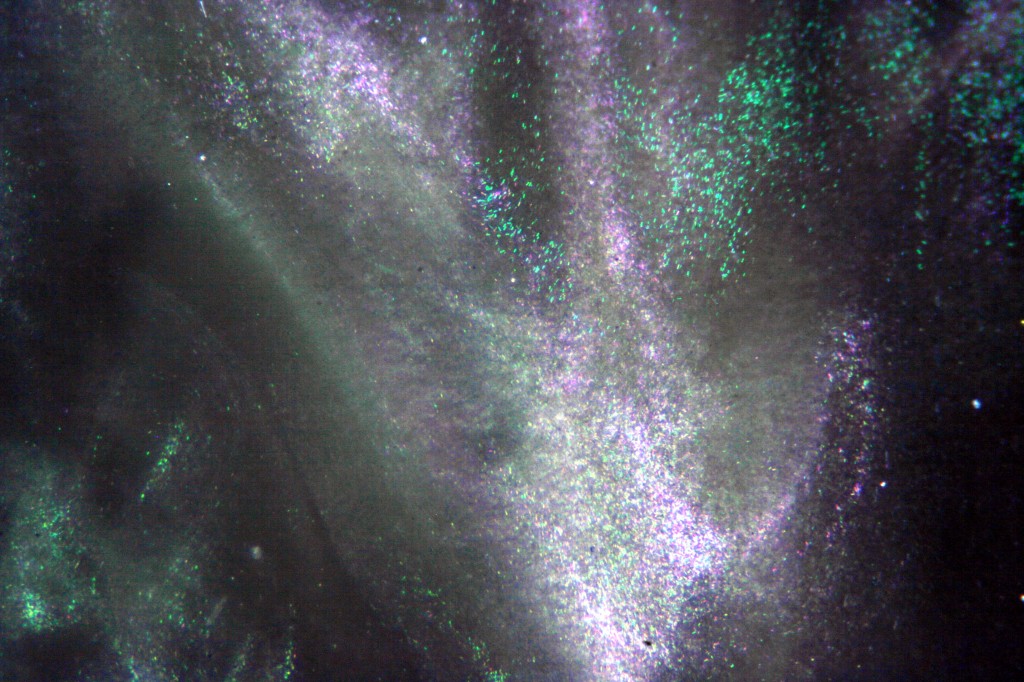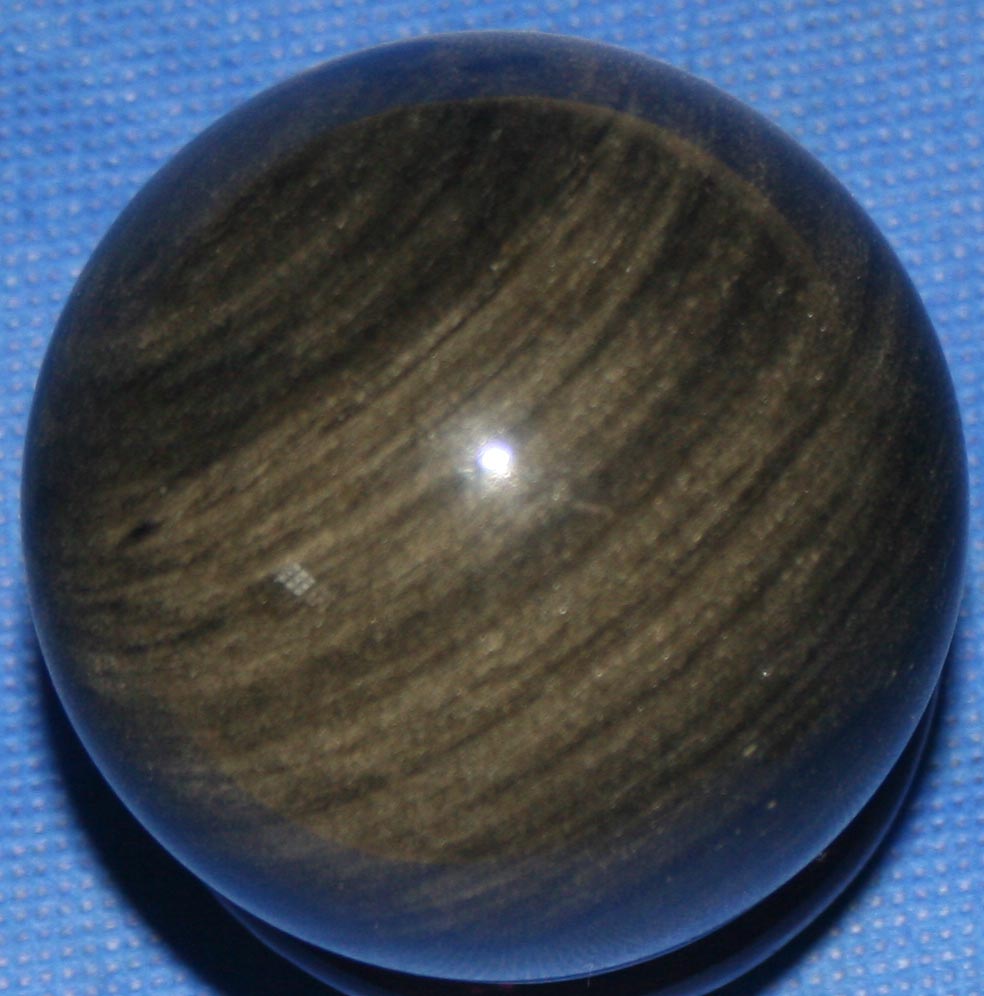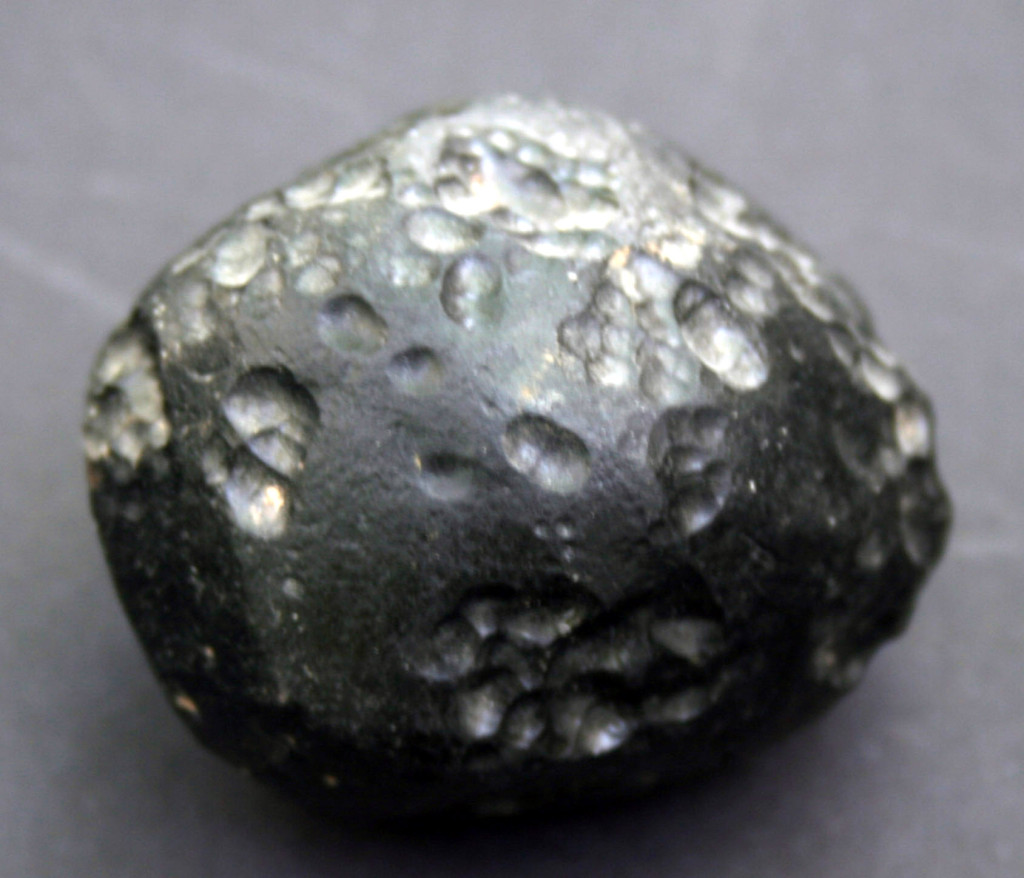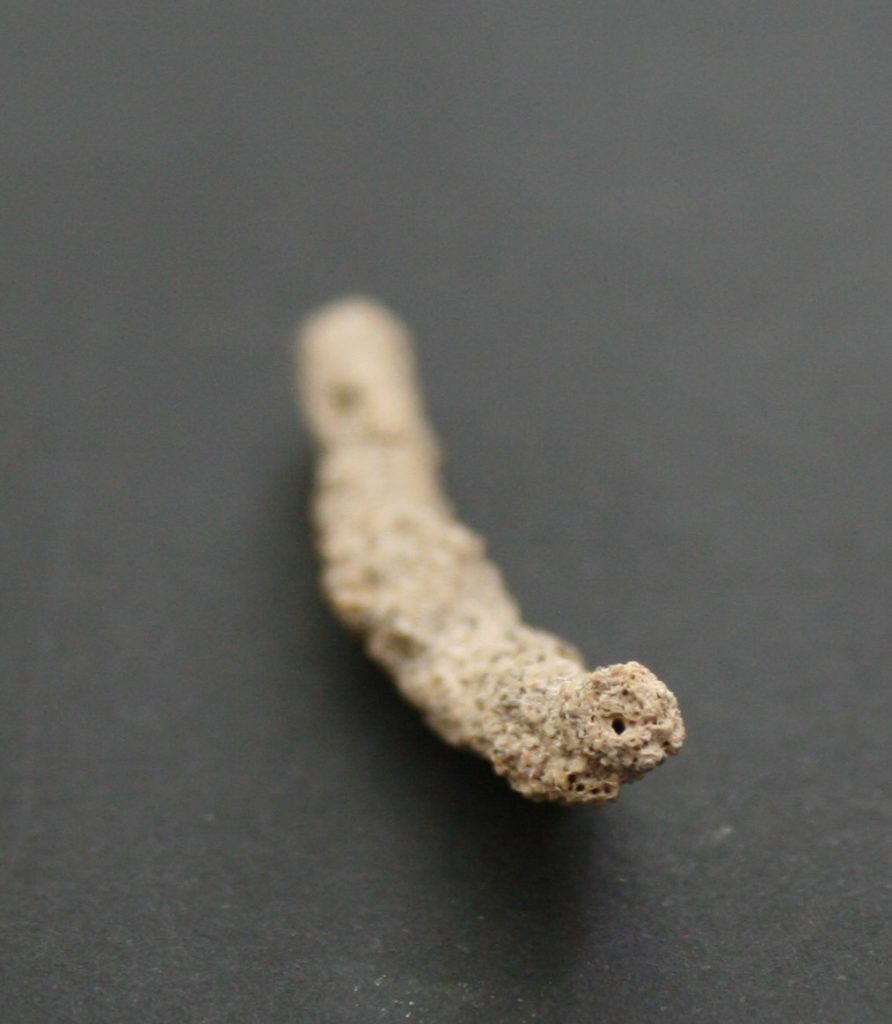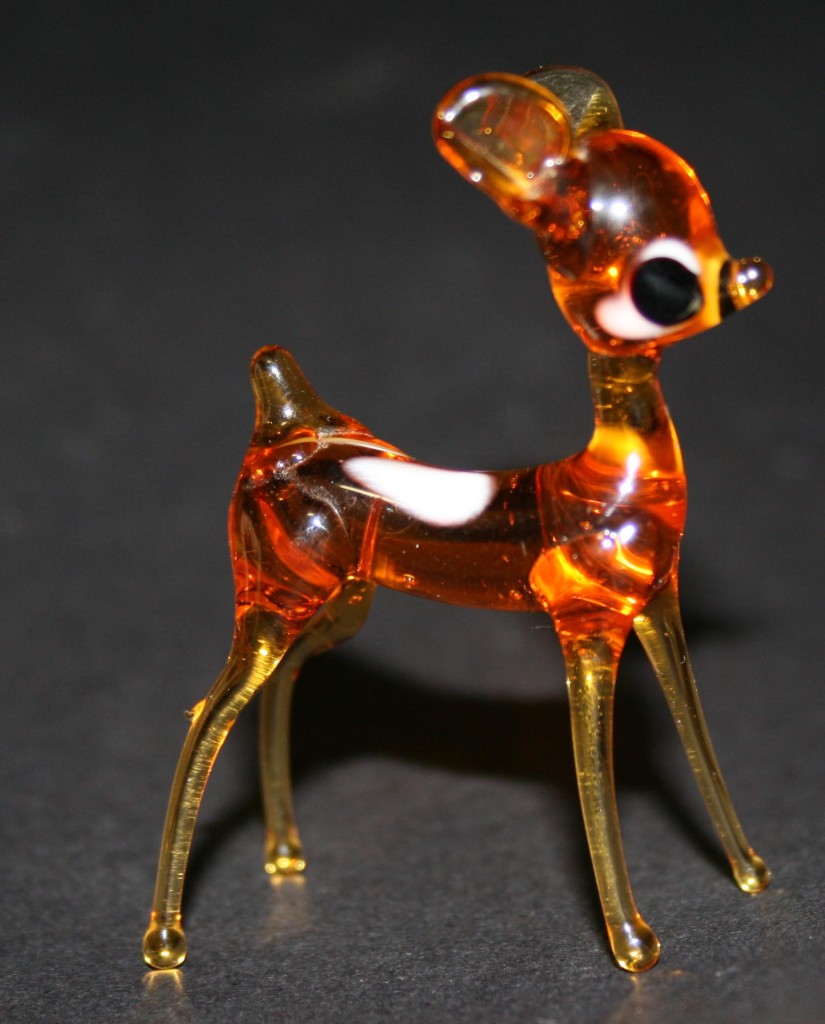Obsidian
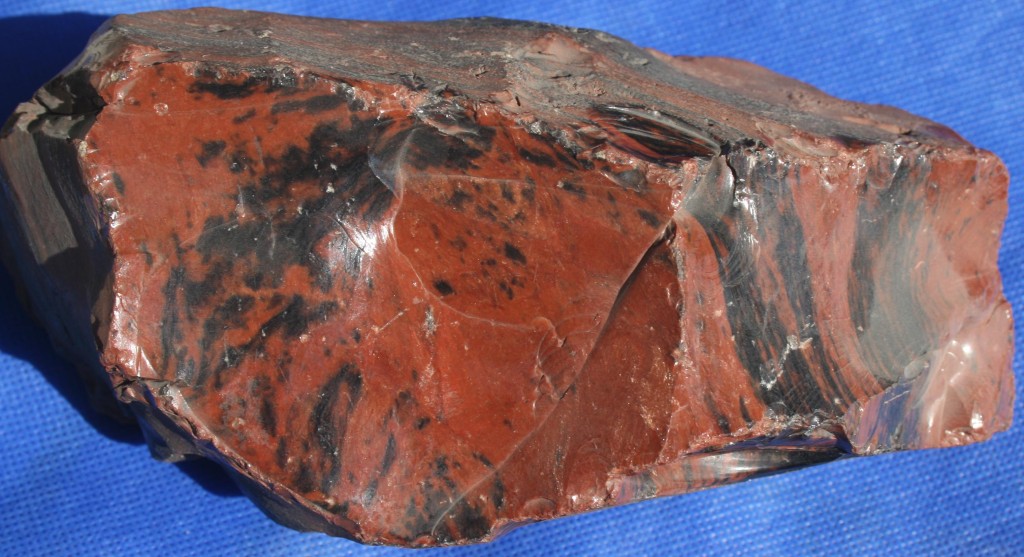
Mahogany obsidian.
Here layers of different oxides of iron have formed layers, and it is easy to imaging hot flowing lava stretching, deforming and twisting these layers as they flowed from the magma chamber onto the earth’s crust.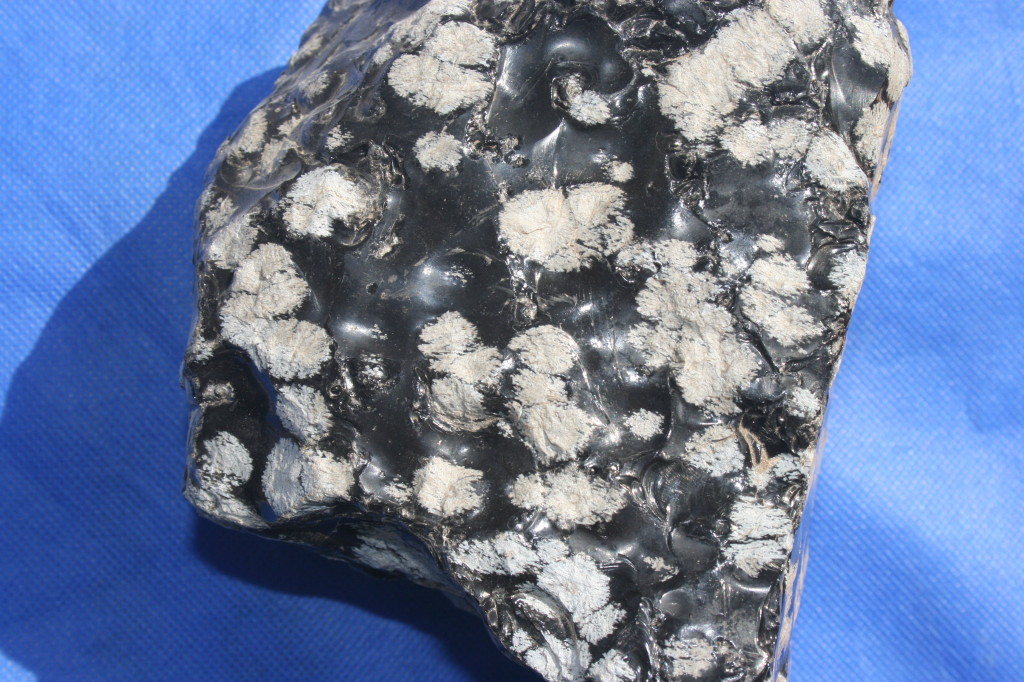
Snowflake obsidian
As the molten glass cooled , sometimes at higher temperatures (600+°C there was time, in areas of the glass, for cristobalite to crystalize out. This is a white opaque polymorph of silicia which produces radial crystals, reminiscent of snowflakes.Tektites
The instant before a meteorite hit the earth, there is a huge increase in pressure and temperature. The underlying material is melted and expelled high into the atmosphere (up to 20 km, where the temperature is around -50°C. Rapid cooling occurs and “blobs” of glass solidify out and fall to the ground. They are known as tektites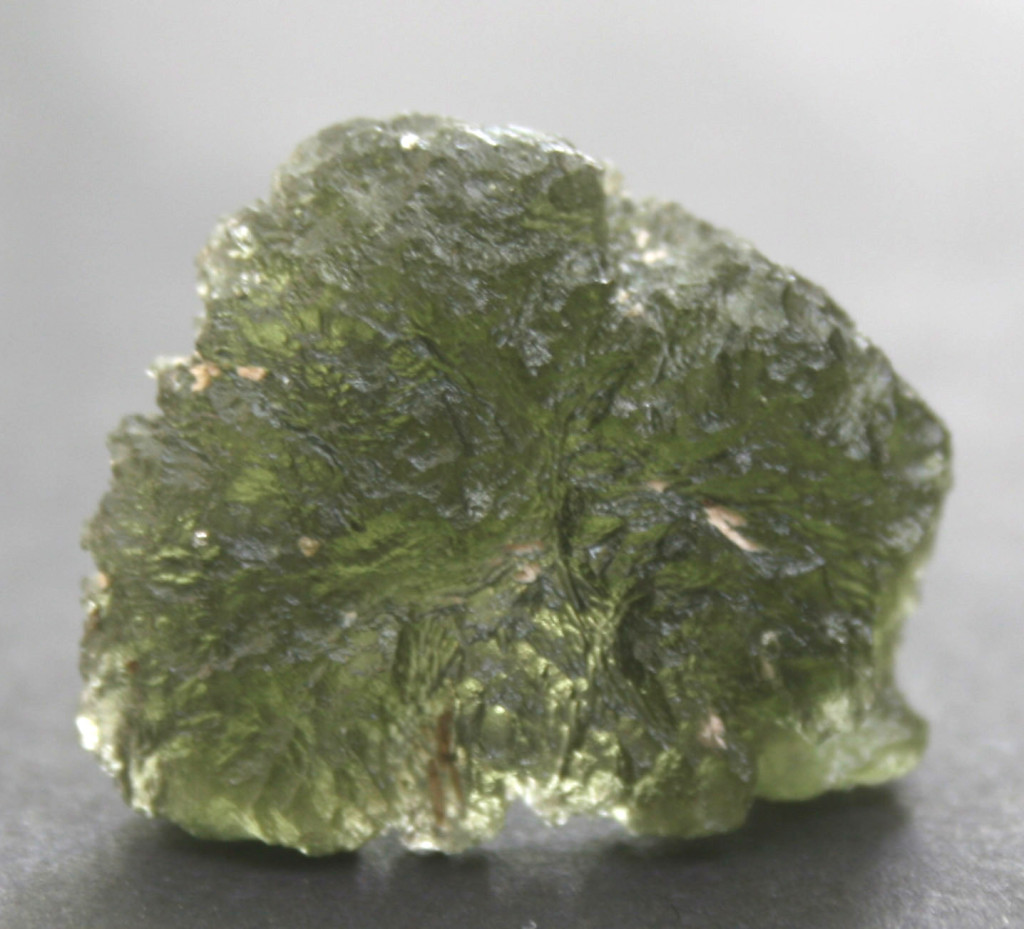
Moldovite
This beautiful green glass is found only in the area of Moldova. The green colour is given by the presence of ions of chromium.


